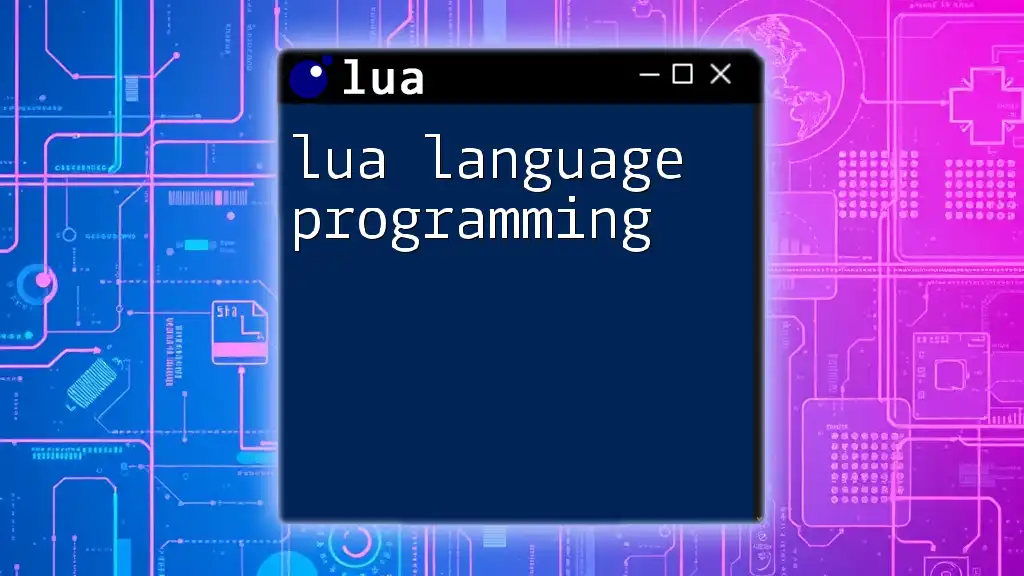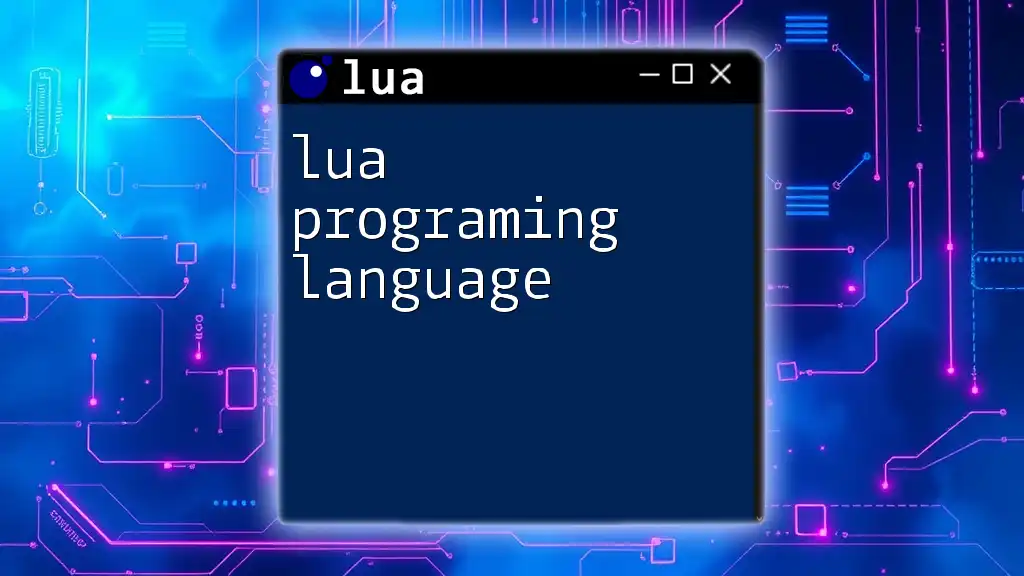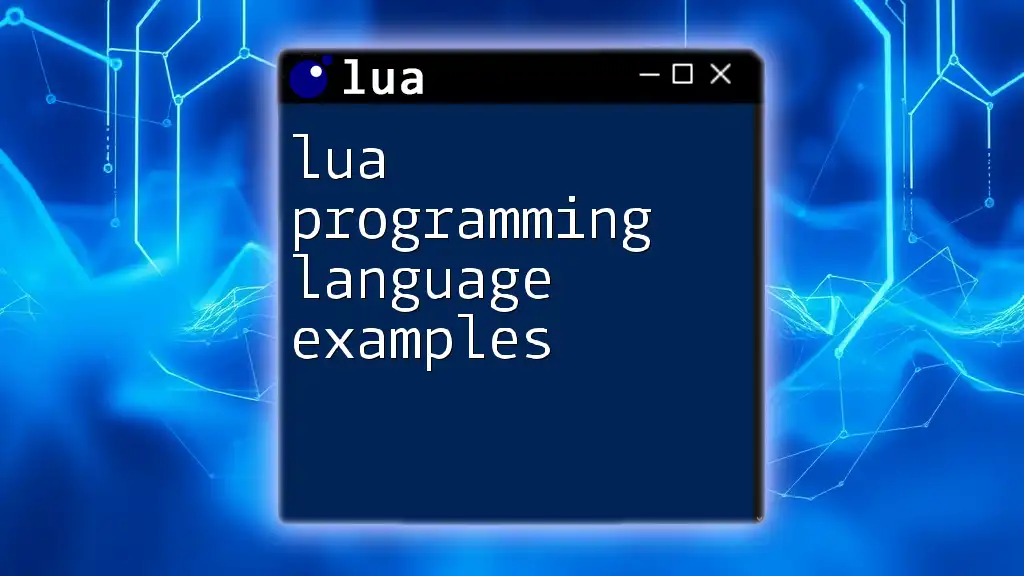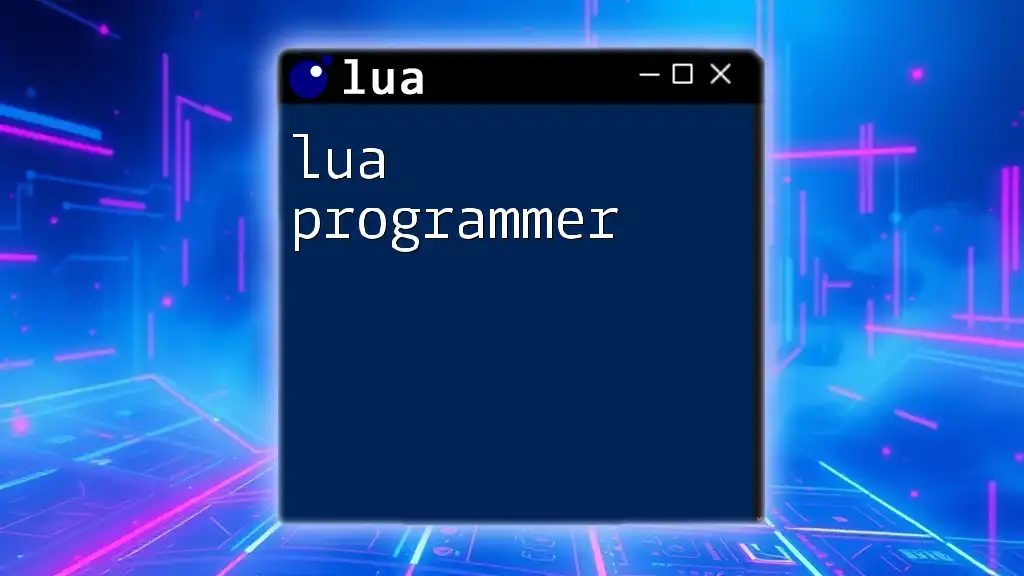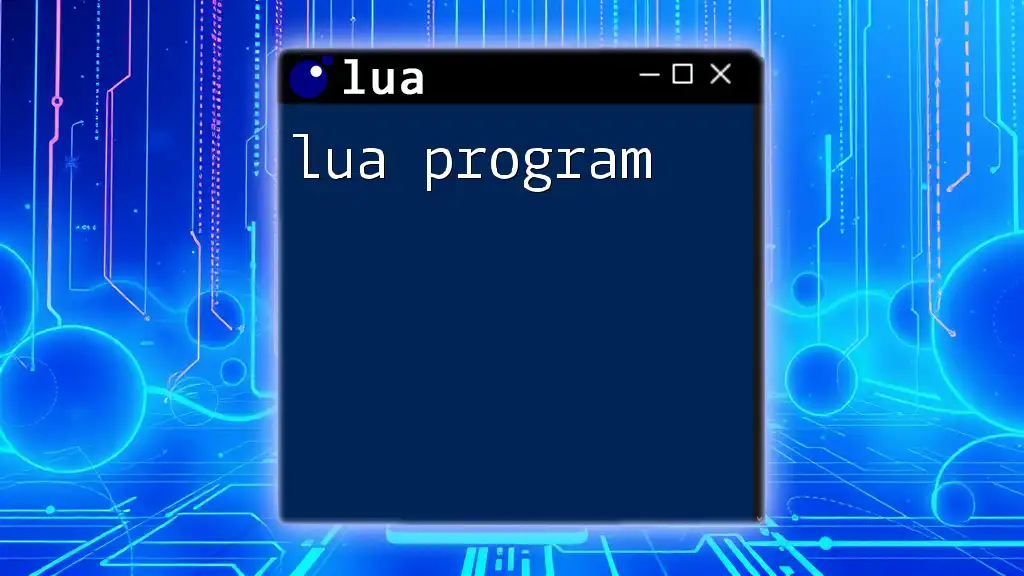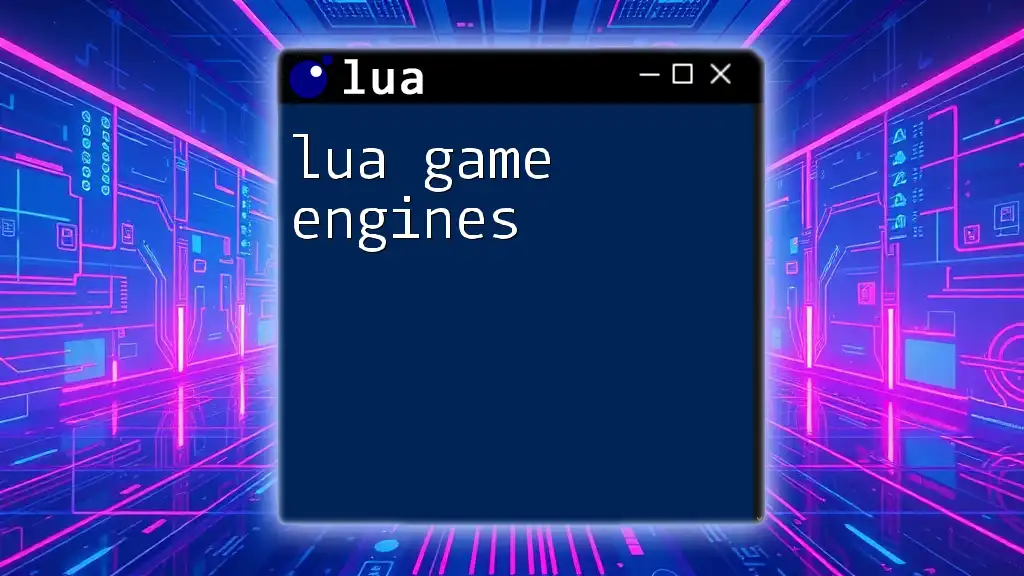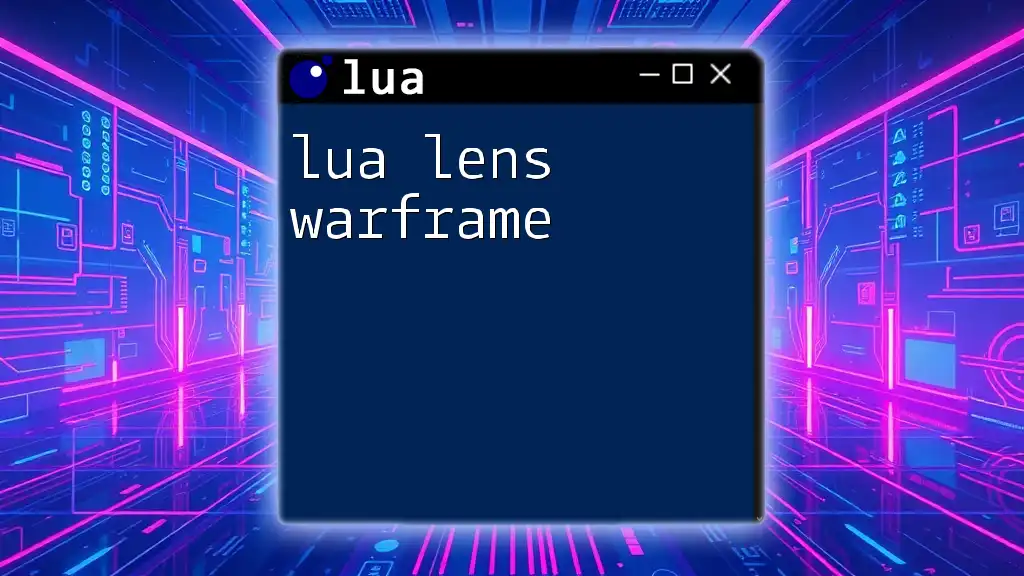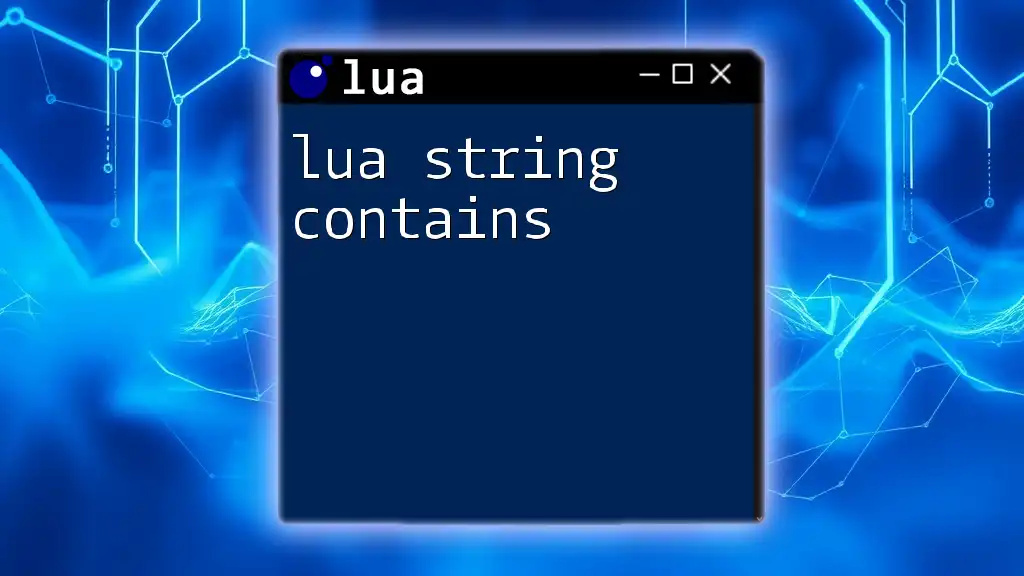Lua is a lightweight, high-level programming language known for its simplicity and flexibility, making it an ideal choice for both beginners and experienced developers alike.
Here's a simple code snippet that demonstrates how to print "Hello, World!" in Lua:
print("Hello, World!")
What is Lua?
Lua is a lightweight, fast scripting language designed primarily for embedding in applications. Its unique characteristics make it popular in various domains, from game development to web applications. Originating in Brazil in the early 1990s, Lua has grown into a powerful tool due to its extensibility and ease of integration with other languages.
Lua is frequently used in game development, evidenced by its adoption in major titles like Roblox and World of Warcraft, as well as in web server configurations, particularly with Nginx. By learning Lua language programming, you equip yourself with the skills to work on diverse projects and contribute effectively to teams leveraging this flexible language.
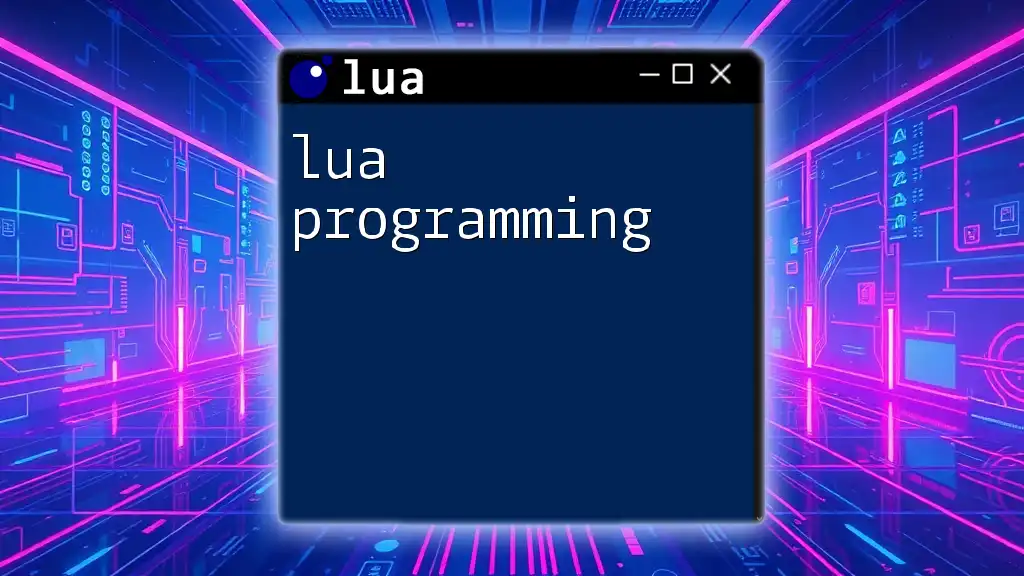
Getting Started with Lua Programming
Setting Up Your Development Environment
Before diving into coding, you need a suitable environment. Installing Lua involves a straightforward process, with support for major operating systems.
- For Windows, download the Lua binaries from the official website and follow the provided instructions.
- On macOS, utilize Homebrew with the command `brew install lua`.
- For Linux, most distributions have Lua available through their package managers, typically with the command `sudo apt-get install lua5.3` for Ubuntu-based systems.
Once installed, consider using a code editor like Visual Studio Code or specialized IDEs like ZeroBrane Studio for enhanced functionality.
Your First Lua Program
Now, let’s write a simple program to get acquainted with Lua. This will be a classic “Hello, World!” example:
print("Hello, World!")
Running this snippet in your Lua environment should display the text "Hello, World!" in the output console. This code demonstrates Lua’s straightforward syntax and its capability to handle basic output with simplicity.
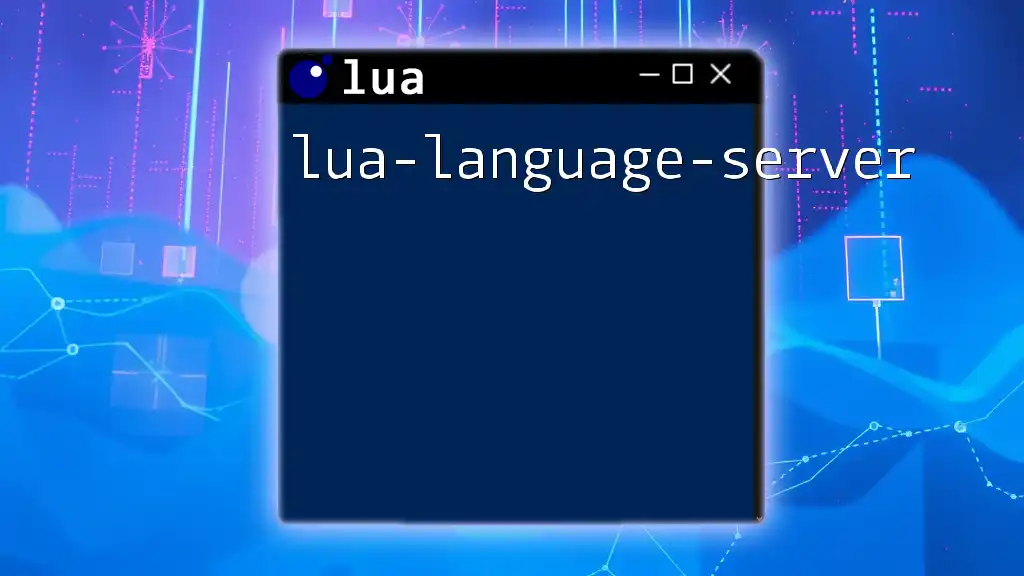
Understanding Basic Syntax in Lua
Data Types and Variables
Lua provides a dynamic type system, which means you don’t need to declare the data type of a variable explicitly. Here are the main data types in Lua:
- nil: A type that represents the absence of a value.
- boolean: Contains values `true` or `false`.
- number: Represents both integer and floating-point values.
- string: A sequence of characters.
- table: A composite data structure that can represent arrays, dictionaries, and more.
- function: First-class functions in Lua mean they can be stored in variables, passed as arguments, etc.
- userdata and thread: Handle user-defined types and coroutines, respectively.
You declare variables using the `local` keyword, helping define scope. Consider this example:
local age = 25
local name = "Alice"
Here, `age` is a local variable of the number type, and `name` is a local string variable.
Control Structures
Lua supports control flow through conditionals and loops, enabling you to build dynamic logic in your programs.
Conditionals
Using `if-then-else` statements is straightforward. Here’s how you might check if a user is an adult:
if age > 18 then
print(name .. " is an adult.")
else
print(name .. " is not an adult.")
end
This snippet evaluates the condition and executes the corresponding block based on whether the user’s age is greater than 18.
Loops
Loops, such as `for` and `while`, allow repeated execution of code segments. A simple `for` loop can be declared like so:
for i = 1, 5 do
print(i)
end
This loop prints the numbers 1 through 5 sequentially.
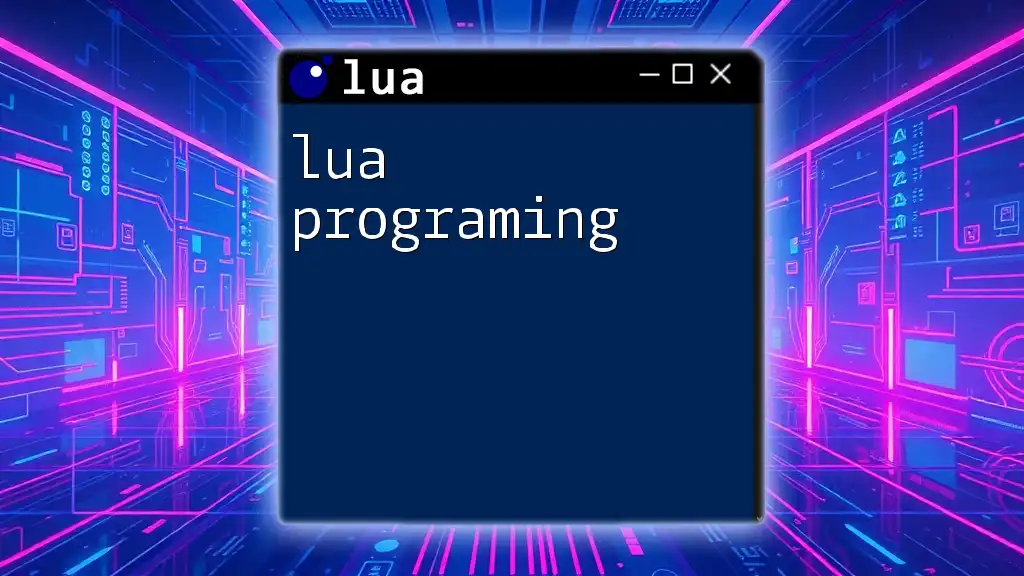
Functions in Lua
Defining and Calling Functions
Functions in Lua are a core aspect of programming. You define a function using the `function` keyword, followed by its name and parameters.
Here’s a simple function that greets a user:
function greet(name)
return "Hello, " .. name .. "!"
end
print(greet("Alice"))
By calling `greet("Alice")`, the output would be "Hello, Alice!" demonstrating both function definition and invocation.
Scope and Variable Lifetime
Understanding scope is crucial. In Lua, variables can be global or local. Global variables are accessible throughout the program, while local variables are confined to the block in which they are declared. For example, if you declare a variable inside a function with `local`, it won't be available outside that function.
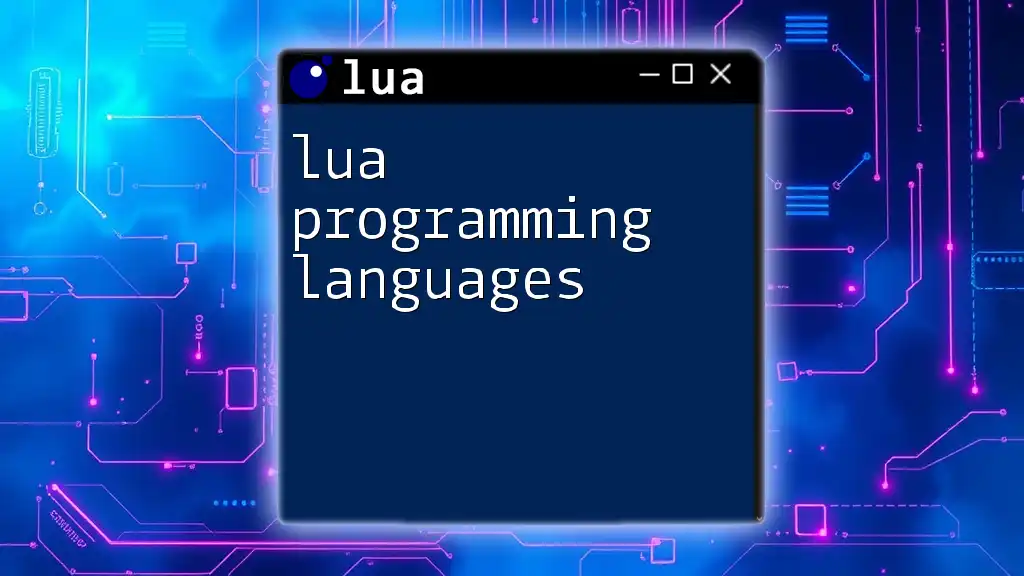
Working with Tables
Introduction to Tables
In Lua, tables are versatile and serve as the primary data structure. They can function as both arrays and dictionaries. Creating and accessing elements in a table is intuitive:
local fruits = { "apple", "banana", "cherry" }
print(fruits[1]) -- Outputs: apple
Using Tables as Arrays and Dictionaries
Tables can also be employed for key-value pairs, significantly expanding their utility:
local student = { name = "John", age = 20 }
print(student.name) -- Outputs: John
Here, we define a table named `student` with keys `name` and `age`, allowing for easy data retrieval.
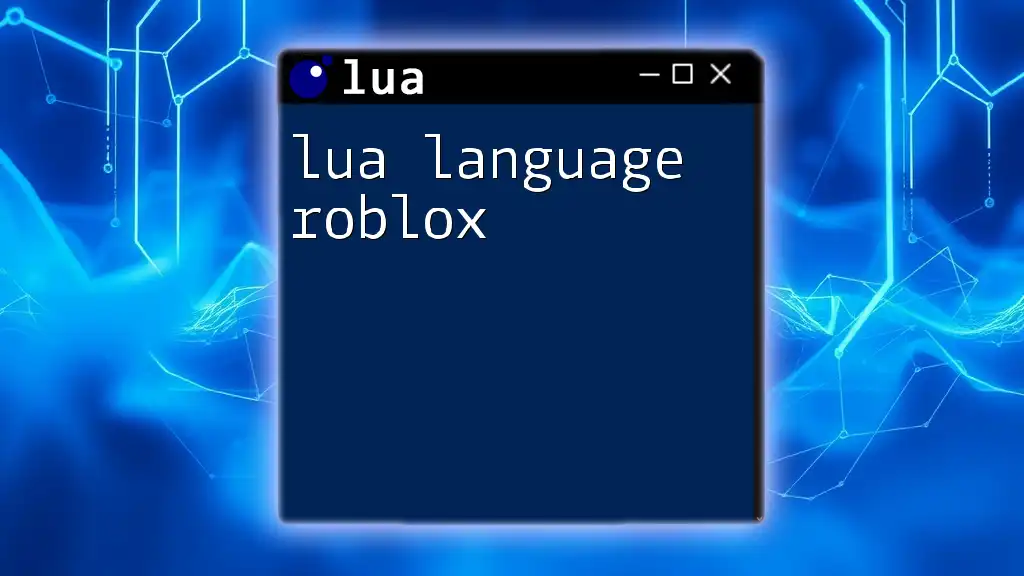
Advanced Lua Features
Metatables and Metamethods
Metatables are a powerful feature that allows you to change the behavior of tables. These special tables can define how they should respond to various operations, such as addition or multiplication. For instance, consider this example where we implement operator overloading:
mt = {
__add = function(t1, t2)
return t1.value + t2.value
end
}
a = setmetatable({value = 10}, mt)
b = setmetatable({value = 20}, mt)
print(a + b) -- Outputs: 30
In this scenario, when we use the `+` operator, Lua refers to the `__add` metamethod and executes the function we’ve defined.
Coroutines: Concurrency in Lua
Coroutines provide a way to manage multiple tasks at once in a cooperative manner. They allow a function to pause its execution and yield control, which can be particularly useful for implementing non-blocking tasks.
Here’s a basic coroutine example:
co = coroutine.create(function()
for i = 1, 5 do
print(i)
coroutine.yield() -- Pause the coroutine
end
end)
coroutine.resume(co) -- Executes until the next yield
This code initiates a coroutine that counts from 1 to 5, yielding control after each number, showcasing how tasks can be interleaved.
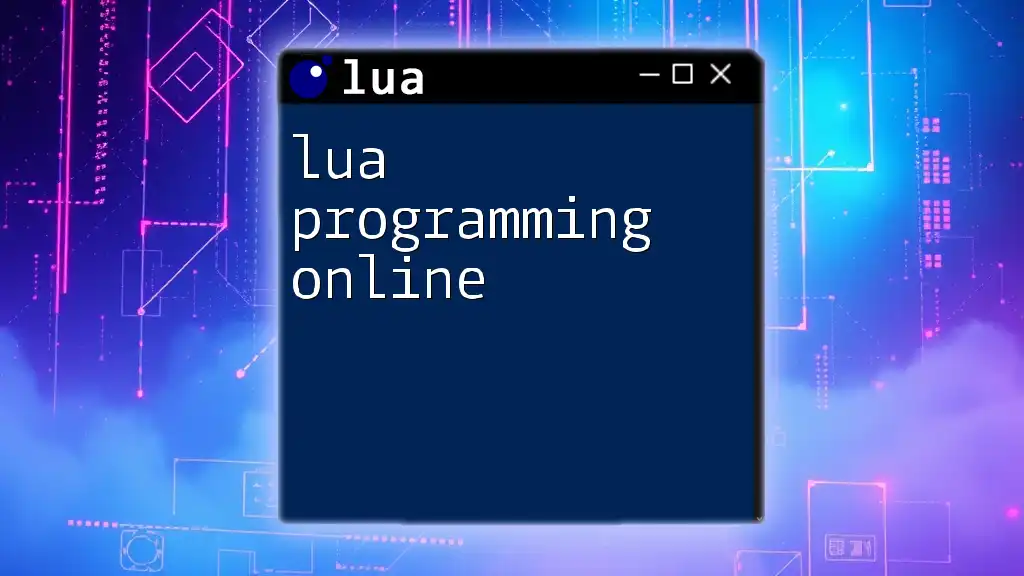
Debugging Lua Code
Common Errors and How to Fix Them
As with any programming language, you will encounter errors. Common types include syntax errors (like missing parentheses) and runtime errors (invalid operations, e.g., attempting to access a nil value). Understanding error messages can facilitate effective debugging.
Using Debugging Tools
Utilizing debugging tools, such as LuaDebugger, enhances your troubleshooting capabilities. These tools often offer features like breakpoints, step execution, and variable inspection, making the development process smoother.

Best Practices in Lua Programming
Writing Clean and Efficient Code
Adopting best practices such as writing clean, readable code is essential. Use comments to document your code, and strive for a consistent coding style. This approach not only aids in maintaining your projects but also ensures that your code is understandable by others.
Learning Resources and Community
To further enhance your skills in Lua language programming, leverage various resources:
- Books: Titles such as "Programming in Lua" are invaluable.
- Online Courses: Many platforms offer structured courses tailored to different skill levels.
- Forums: Engage with communities like the Lua mailing list and online discussion groups to share knowledge and solve issues collaboratively.
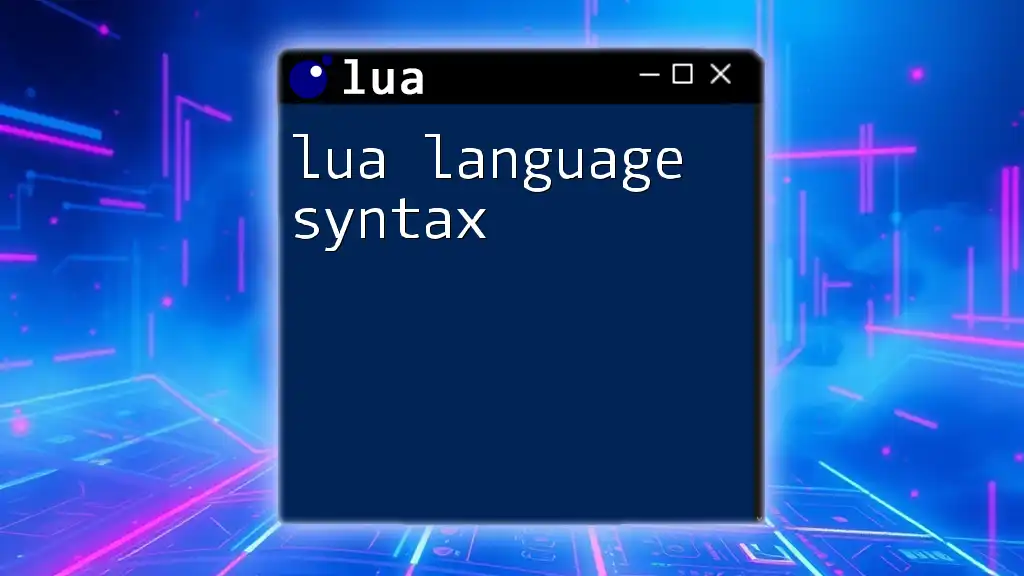
Conclusion
By grasping the concepts outlined in this guide, you lay the groundwork for effective Lua language programming. Whether you are building your first script or exploring advanced features, remember that practice is key. Join the Lua community, explore resources, and continue to enhance your skills in this dynamic language.

